[ CLASSIFIED DHC DOCUMENT ]
After numerous, thorough searches of the DHC co-founder [REDACTED]'s part order logs, blueprints, building logs, and maiden test flight databases, it is concluded that the J-62 had a more combat-capable successor to it. The aforementioned documents were found in the basement of a large wooden shack in a forest in Germany, which most presumably served as DHC founder [REDACTED]'s and co-founder [REDACTED]'s headquarters when they were alive. The aircraft is designated as the J-62K, an aircraft that made it the production stage and made decent production numbers.
DESCRIPTION
Document 1: Aircraft Snippet
The J-62K is a large, multirole fighter and bomber aircraft designed by the founder and co-founder of the DHC as a prototype that would serve a host of roles for the Luftwaffe in the Second World War.
Document 2: Design Snippet
Furious about the Luftwaffe's denial of founder [REDACTED]'s radial aircraft design, he invited his weapon specialist and co-founder [REDACTED] for help in revising the J-62's design. [REDACTED] gladly agreed as a way of fortifying friendship with [REDACTED], and both men got to work as soon as the deal was closed. [REDACTED] wanted to keep the same engine used from the J-62, and [REDACTED] thought of an idea to solve the ground clearance problem presented by the engine. To solve that, the aircraft's wings were lowered on the fuselage, giving more ground clearance for the airframe. Using the landing gear from the previous design gave the current design an extremely high angle when idled and fully stopped on the ground. The problem was solved by completely revising the gear by making it vertically smaller and latitudinally-hinging, and this revision made the undercarriage significantly lighter and gave the aircraft weapon payload capability. The inverted pitch flaps in the main wings were also replaced with actual landing flaps and air brakes, which were to be used if the aircraft was to be used for divebomb runs. The rear landing gear was made smaller for streamlining purposes, and a carrier landing hook was also added in anticipation of German aircraft carriers [most notably the KMS Graf Zeppelin] in the future. The rest of the aircraft's design was maintained from the J-62.
Document 3: Armament Snippet
The aircraft was mounted with machine guns on the nose behind the engine, and these machine guns were chosen because they created less noise while still maintaining the same firepower from the earlier machine guns used in the J-62. The synchronizer gear used in the previous airframe was still maintained. Given that the landing gear didn't take up as much space in the wing root space, four more of these machine guns were also mounted on the wings with two mounted in each wing. Its payload capabilities were quite the feat, as the aircraft was capable of carrying at the most a 500kg payload just fine.
Document 4: Performance Snippet
The aircraft was more magnificent in the sky than its predecessor. Its rolling response is now as fast as its pitch response, and its maneuverability became formidable to that of the BF-109. With its maneuverability, the aircraft also became capable not just for medium to long range dogfighting, but also for close-range dogfights as well. The aircraft is to reach a speed of 300 miles per hour, but in numerous prototype flights it is said to reach up to 400 miles per hour when full speed nosedives were performed. The aircraft is also capable of very short runway take-offs when its throttle is immediately pushed to the maximum from non-moving state, making it hard to shoot down from the sky by enemy aircraft when taking-off.
1944 DOCUMENT Snippet
The Luftwaffe was surprised with the major design design overhaul of the J-62K, and they contracted [REDACTED] and [REDACTED]'s design for mass production. The Luftwaffe also agreed to the two men's condition to keep the existence of the aircraft, the contract, and the identities of the two men confidential as they saw the major potential in the aircraft's upgraded version. 25 prototypes and 319 fully-functioning units were produced in the late years of WW2, but only 59 of the working units were put into active service out of fear that the deal will be broken. The aircraft were used as both midguard interceptors and divebombers when the Luftwaffe sent out bombing runs across the Dover Strait. The Luftwaffe still criticized the design aircraft's low speed vulnerability due to its large size. 34 of the units put in active service were lost in the war, 7 due to crash landing due to gear malfunctions, 2 due to crash landing due to stalling, 17 shot down by Allied aircraft and 8 shot down by enemy flak and AA.
ARMAMENT
The aircraft carries:
- 2x High-Speed Machine Guns
- 1x Boom 50
ACTIVATION GROUPS
The AGs and their functions are listed by number:
- AG1 : Toggle Navigation Lights
- AG2 : N/A
- AG3 : N/A
- AG4 : N/A
- AG5 : Toggle Carrier Landing Hook
- AG6 : N/A
- AG7 : N/A
- AG8 : N/A
[ CLASSIFIED DHC DOCUMENT ]
Based on: DHC J-62 Fritzer
Specifications
Spotlights
- Ruvie 5.6 years ago
General Characteristics
- Predecessor Luftwaffe Challenge (Closed)
- Created On Android
- Wingspan 48.5ft (14.8m)
- Length 38.8ft (11.8m)
- Height 15.1ft (4.6m)
- Empty Weight 14,191lbs (6,437kg)
- Loaded Weight 17,202lbs (7,803kg)
Performance
- Horse Power/Weight Ratio 1.162
- Wing Loading 12.0lbs/ft2 (58.8kg/m2)
- Wing Area 1,428.4ft2 (132.7m2)
- Drag Points 8285
Parts
- Number of Parts 119
- Control Surfaces 17
- Performance Cost 533

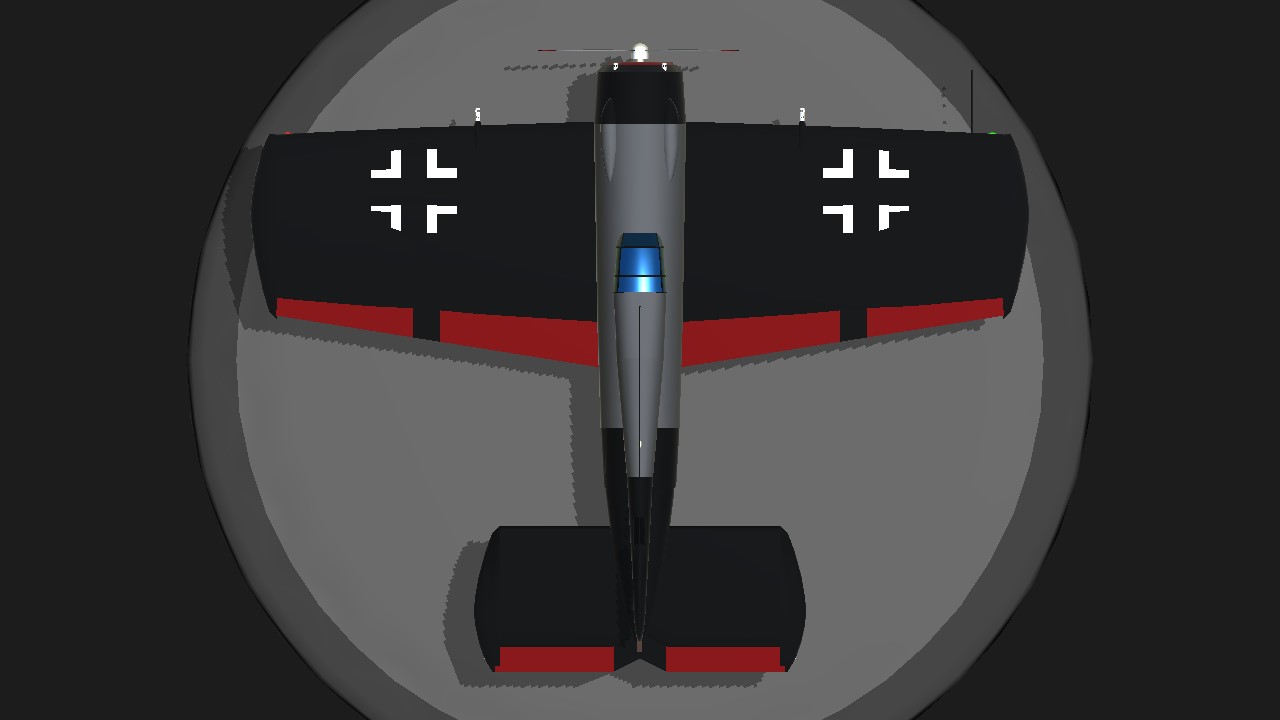
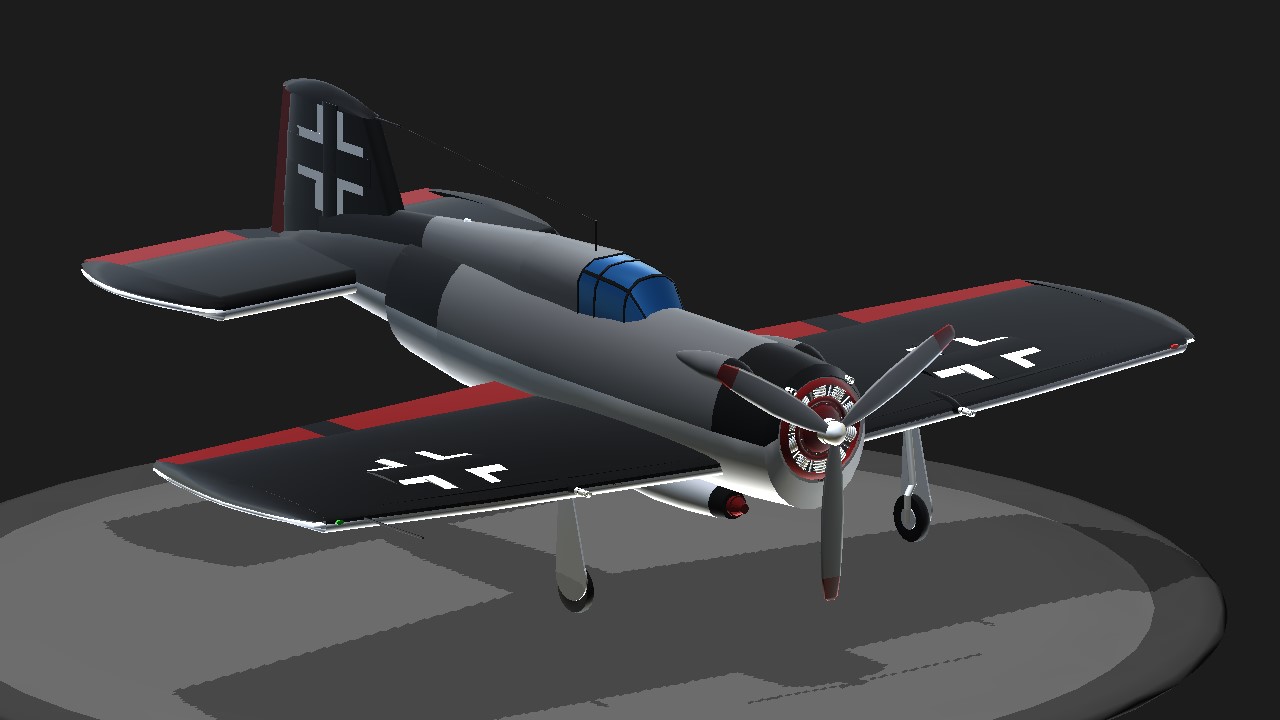

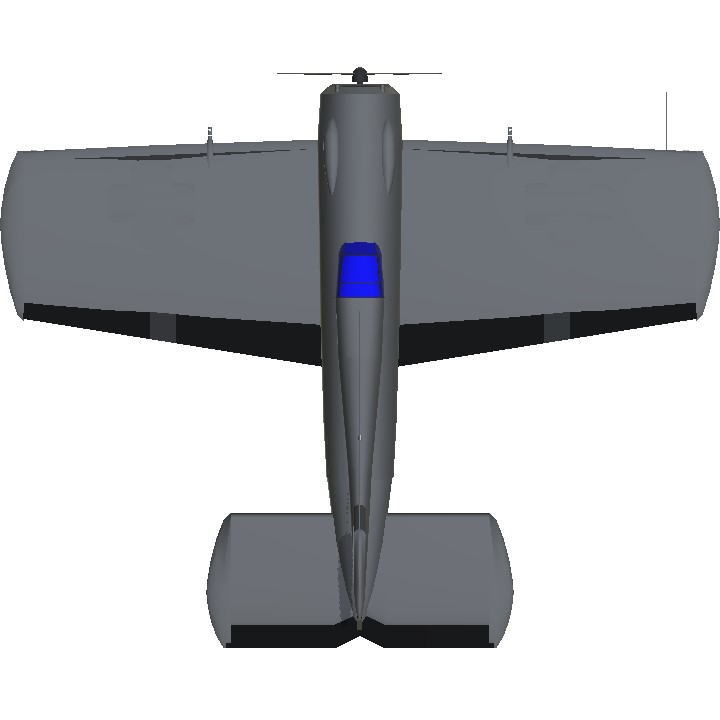
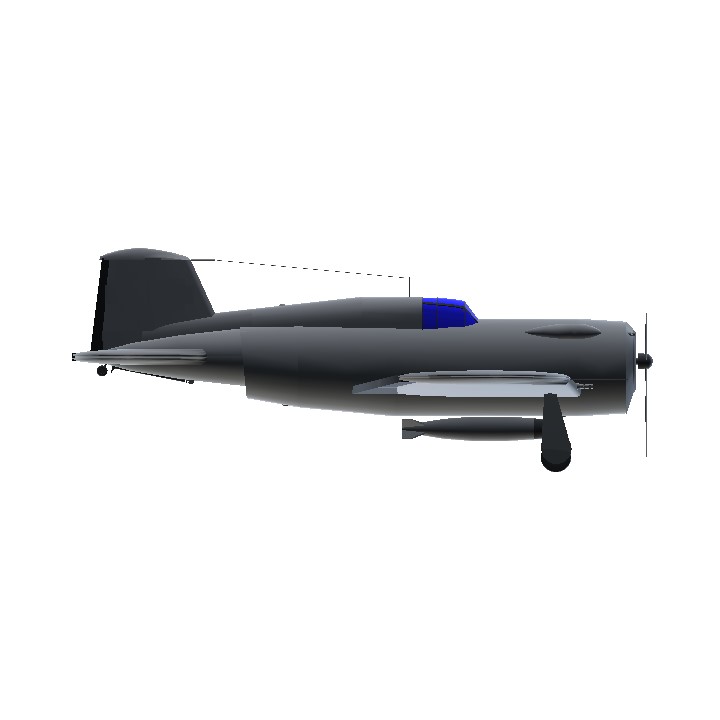
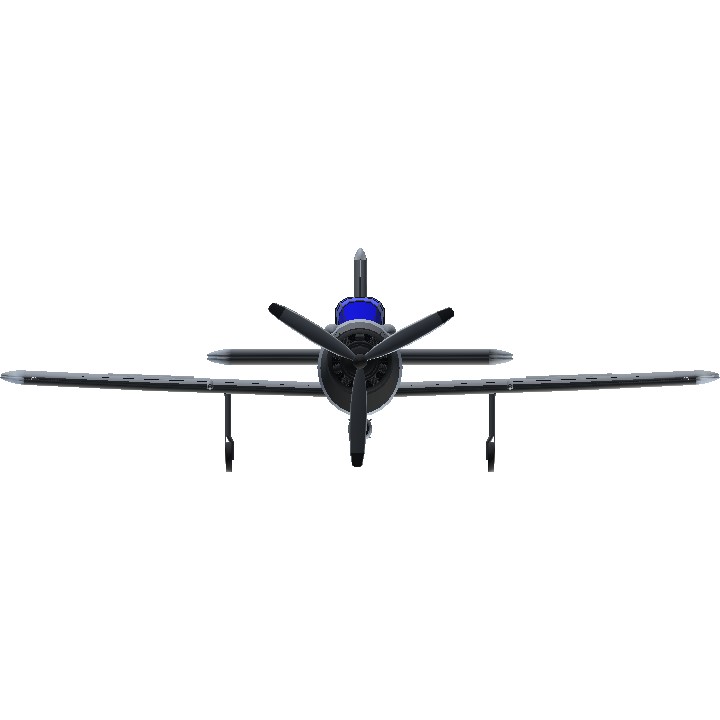
RATING
Looks : 5/10 pts.
Performance : 7/10 pts.
Details : 3/10 pts.
Weaponry : 5/10 pts.
OVERALL RATING : 5/10